¡Ahorra un 15% en tu primer servicio! Obtén una consulta gratuita
Sun Damage Reversal: Effective Treatments and Prevention Tips
Sun damage can hurt your skin. It can cause wrinkles, spots, and other problems. But don’t worry. There are ways to help your skin heal. These effective treatments and prevention tips will guide you through sun damage reversal. You will learn what sun damage is, how to spot it, and the best ways to treat it.
Table of Contents
Key Takeaways
- Sun damage reversal can lead to skin problems like wrinkles and spots.
- You can treat sun damage using various methods, including creams and professional treatments.
- Prevention is key. Always wear sunscreen and protective clothing.
- Consult a dermatologist for the best care options.
- For more tips on maintaining skin health, visit our Skin Care Tips.
Understanding Sun Damage Reversal
Sun damage reversal happens when your skin gets too much sun. This can happen in places like Weston, Florida, where the sun shines bright. The sun releases harmful rays called UV rays. These rays can hurt your skin and lead to aging.
What is Sun Damage?
Sun damage includes various skin problems. These can be sunburns, dark spots, and wrinkles. Over time, too much sun can change the way your skin looks and feels.
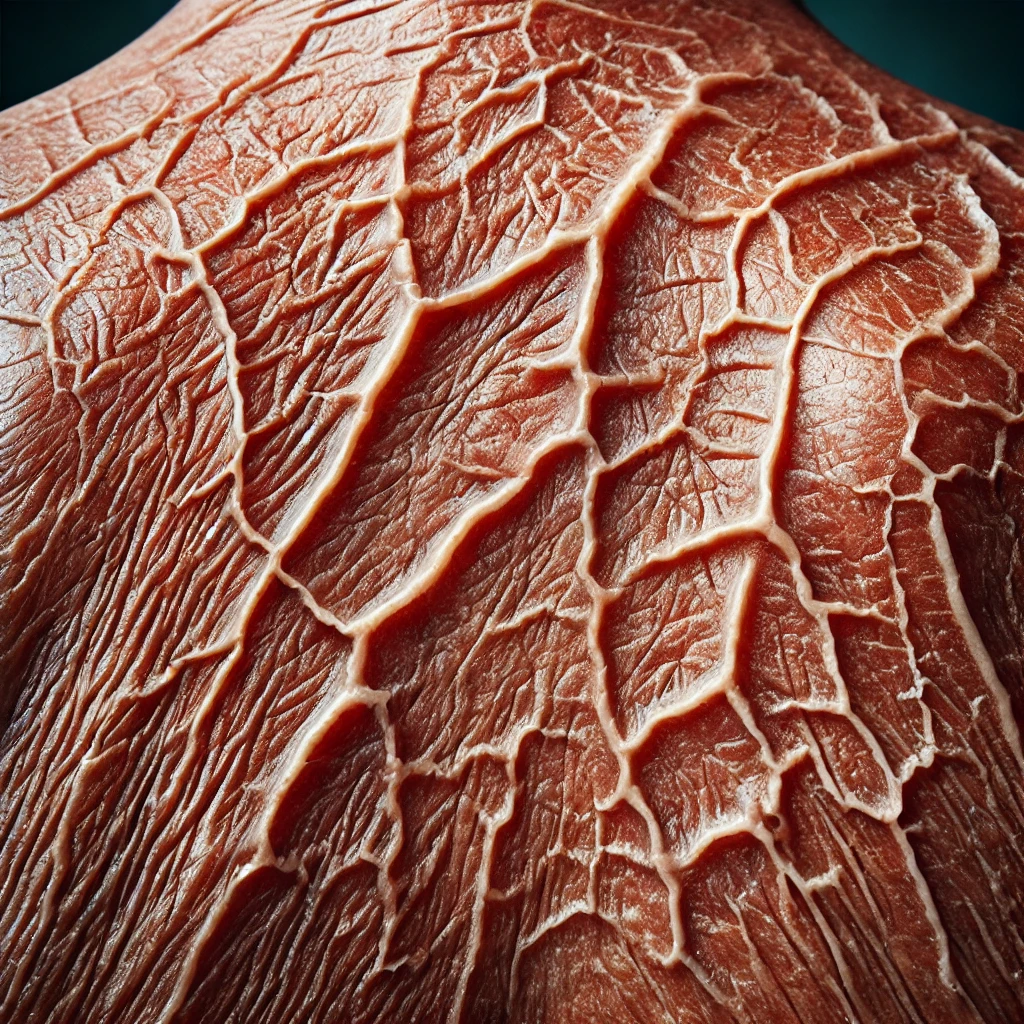
Signs of Sun Damage Reversal
You might notice some clear signs if your skin is damaged. Here are some common signs:
- Arrugas: These are lines that can form on your skin.
- Age Spots: These are flat brown spots that often appear on the hands and face.
- Piel Seca: Sunburn can make your skin feel rough and dry.
Who is at Risk?
Anyone can get sun damage, but some people are at higher risk. If you have fair skin, you need to be extra careful. People who spend a lot of time outdoors, like beachgoers and athletes, are also at risk.
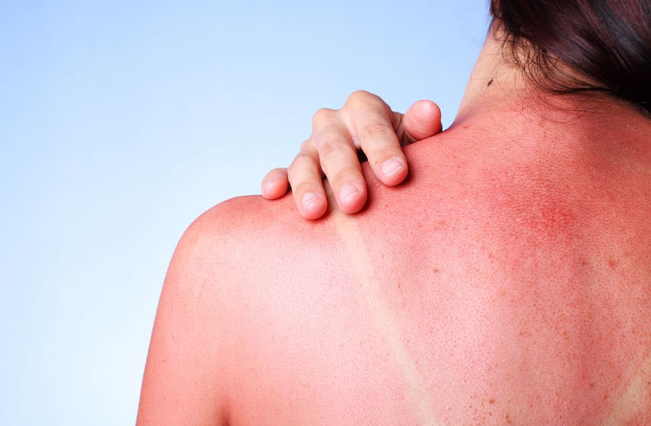
Risk Factors for Sun Damage
| Risk Factor | Description | Mitigation |
|---|---|---|
| Skin Tone | Fair skin burns more easily | Use higher SPF sunscreen |
| Outdoor Activities | Increased exposure to UV rays | Wear protective clothing |
| Hours Spent in Sun | Use higher-SPF sunscreen | Limit sun exposure |
How to Spot Sun Damage Reversal
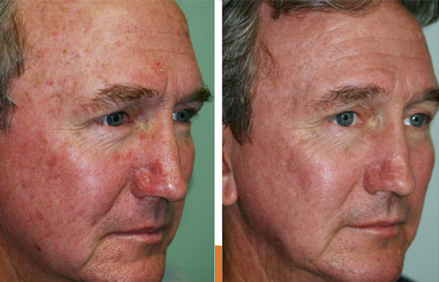
You can check your skin for sun damage. Look for changes in color or texture. If you see new spots or wrinkles, it might be time to act.
What Causes Sun Damage?
The main cause of sun damage is UV rays. These rays can penetrate your skin and cause harm. The sun can be especially strong in Weston, Florida, where many people enjoy outdoor activities.
Complications of Sun Damage
Sun damage can lead to serious skin problems, such as skin cancer. Early signs of skin cancer can look like new spots or changes in existing moles. Regular checks by a dermatologist can help catch these issues early.
Diagnosing Sun Damage
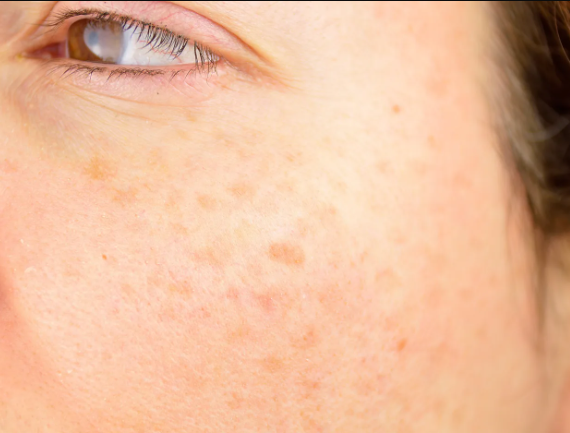
A dermatologist can help you understand your skin better. They will look at your skin and may ask about your sun exposure. This is important for finding the right treatment.
Tests for Sun Damage
Sometimes, doctors use simple tests. They may take a close look at your skin under a light. This helps them see changes that might not be visible to the naked eye.
Treating Sun Damage

There are many ways to treat sun damage. Some methods are simple and can be done at home. Others are professional treatments that provide faster results.
Home Remedies for Sun Damage
You can start treating sun damage at home. Here are some easy steps:
- Moisturize: Use a good moisturizer to keep your skin hydrated.
- Sunscreen: Always apply sunscreen when going outside, even on cloudy days.
- Hydration: Drink plenty of water to keep your skin healthy.
Over-the-Counter Products
There are also products you can buy at the store. Look for creams with ingredients like:
- Vitamin C: This helps brighten the skin.
- Retinoids: These can reduce wrinkles and improve skin texture.
- Exfoliants: These help remove dead skin cells for a smoother look.
Professional Treatments
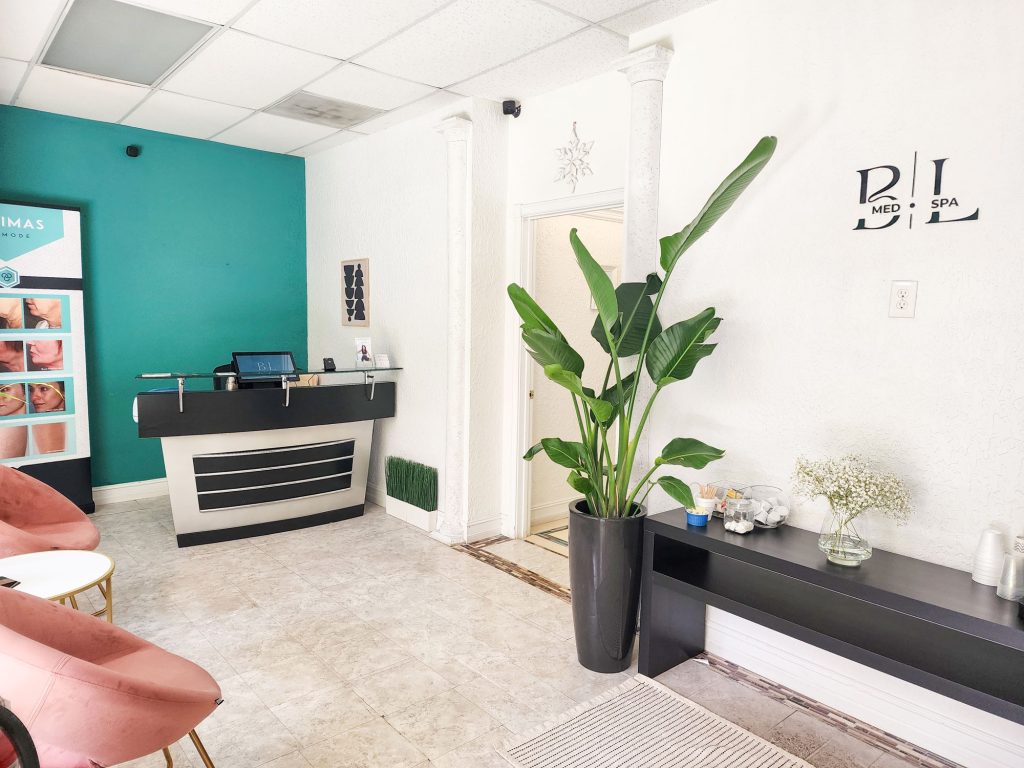
For more serious sun damage, you might want to see a professional. Here are a few treatments available in Weston, Florida:
Chemical Peels
These treatments use special solutions to remove damaged skin. This can help reduce spots and improve texture.
Laser Treatments
Laser therapy can target deeper layers of the skin. It can help with wrinkles and spots, giving your skin a fresh look.
Microdermabrasion
This is a gentle treatment that exfoliates the skin. It helps remove dead cells and can improve skin tone.
The Role of a Dermatologist
A dermatologist can help you find the right treatment for your skin type. They can suggest the best products and procedures for your needs. Regular visits can help keep your skin healthy and beautiful.
Additional Treatment Options
- Antioxidant Serums: Help fight free radicals caused by sun exposure.
- Hydrating Masks: Provide intensive moisture for sun-damaged skin.
- Vitamin E: Known for its healing properties and can aid in repairing skin.
Prevention is Key
Preventing sun damage is easier than fixing it. Here are some simple tips to help protect your skin:
Wear Sunscreen Daily
No matter the weather, wearing sunscreen is essential. Choose a broad-spectrum sunscreen with at least SPF 30. Apply it every two hours when outside.
Protective Clothing
Wearing clothing that covers your skin can help. Look for clothes with UV protection. A wide-brimmed hat can also shield your face.
Seek Shade
When the sun is at its strongest, try to stay in the shade. This is usually from 10 a.m. to 4 p.m.
Regular Skin Checks
Look at your skin regularly. Check for new spots or changes. If you notice anything unusual, visit your dermatologist.
Effective Sunscreen Ingredients
| Ingredient | Benefits | Considerations |
|---|---|---|
| Zinc Oxide | Broad-spectrum protection | May leave a white cast on skin |
| Avobenzone | Effective against UVA rays | Needs reapplication every 2 hours |
| Octocrylene | Stabilizes sunscreen formulations | Can cause skin irritation |
Living with Sun Damage
If you have sun damage, it is important to know that you can manage it. With proper care, you can improve your skin’s appearance. Treatments can help restore your skin, but prevention is always the best approach.
Coping with Sun-Damaged Skin
It can be frustrating to deal with sun-damaged skin. Focus on what you can do. Use treatments, wear sunscreen, and consult your dermatologist. You can take control of your skin health.
When to Seek Help
If you see changes in your skin that worry you, don’t wait. Schedule an appointment with a dermatologist. They can give you the right advice and care to keep your skin healthy.
Conclusion
Sun damage is a common issue, especially in sunny places like Weston, Florida. Understanding your skin and how to care for it is key. With the right treatments and preventive measures, you can keep your skin looking its best. Don’t hesitate to seek professional help if needed. Take care of your skin, and it will take care of you.
Final Note
Sun damage reversal is possible, but only with commitment. Use sunscreen, moisturize, and see a dermatologist regularly. Your skin is worth it. Embrace your beauty and take steps to protect it every day.
For more information on skin-related services, check out our Dermatology Services o call us.
